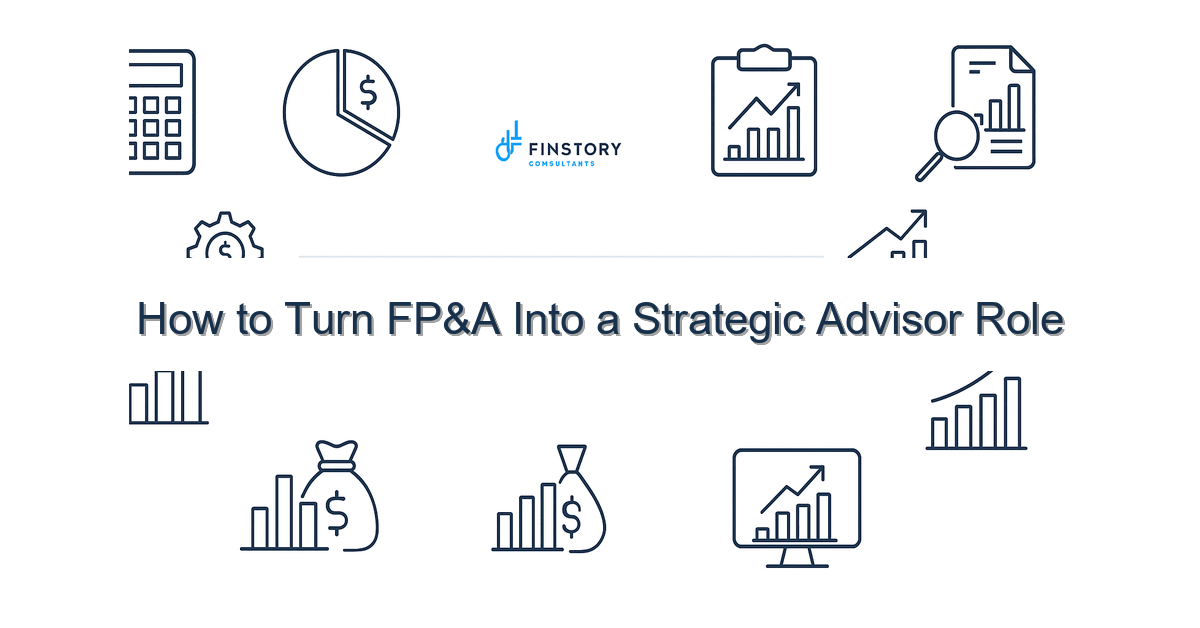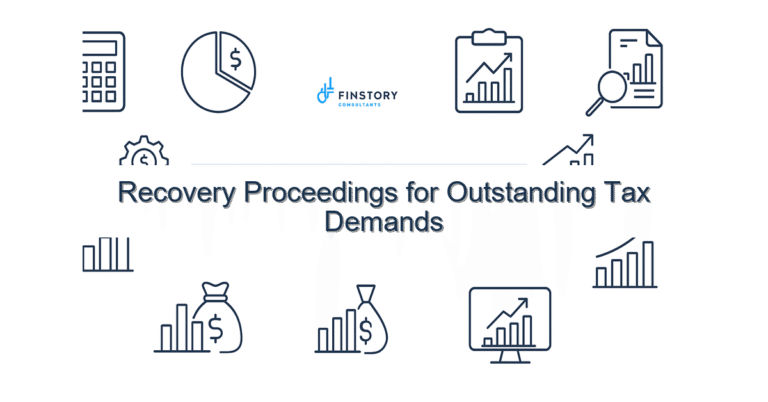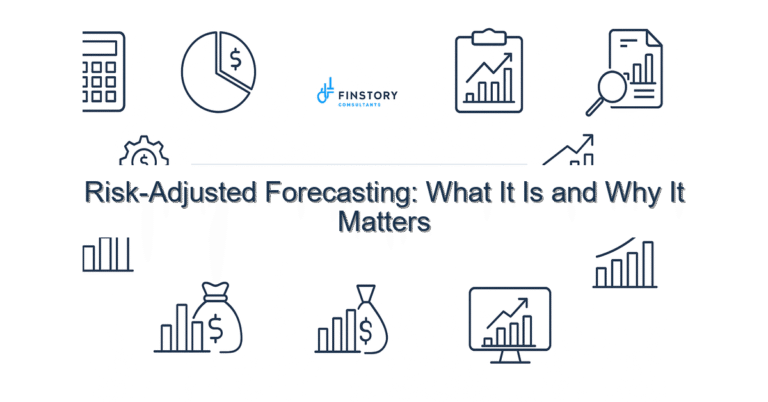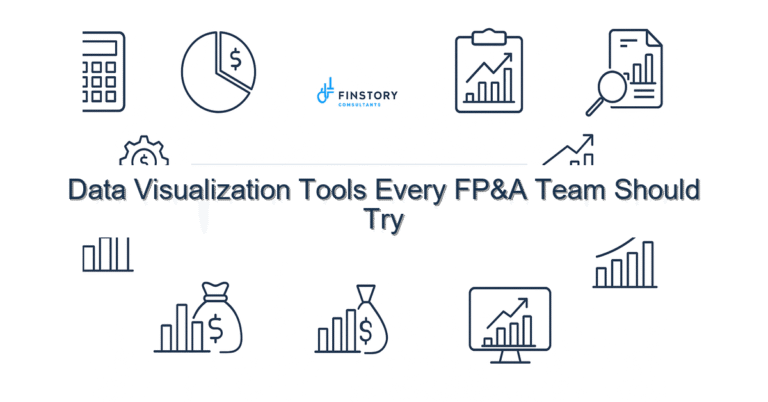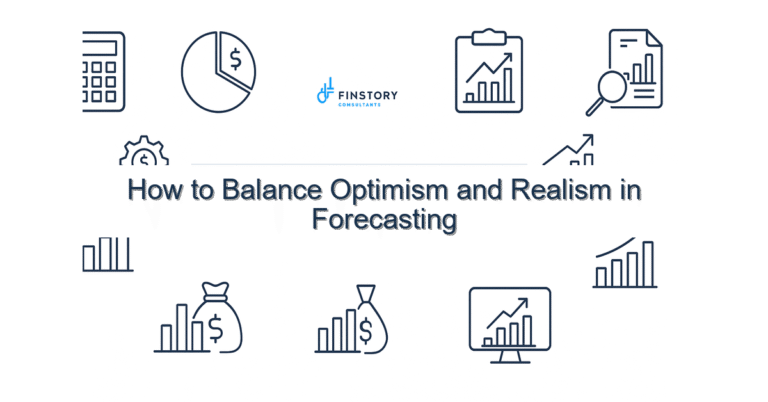How to Turn FP&A Into a Strategic Advisor Role
You’re juggling budgets, regulatory pressures, and clinical leaders who need answers—yesterday. Finance teams are expected to do more than close the books; they must guide operational decisions with clarity and speed. If that feels familiar, you’re not alone—here’s how leaders are fixing it.
Summary: Shift FP&A from data processor to trusted FP&A strategic advisor by standardizing data, automating routine tasks, aligning to outcomes, and building decision-ready reporting. The reward: faster, higher-quality decisions that improve margins and patient outcomes.
What’s the real problem?
Healthcare FP&A is stuck in a loop: manual uploads, late closes, and one-off “ask of the week” reports that leave little time for foresight. The organization expects strategic input, but the team is drowning in low-value work.
- Late or inconsistent reporting—leadership gets answers after decisions are made.
- Forecasts that change every meeting because assumptions aren’t standardized.
- Limited capacity for scenario planning or cost-to-serve analysis.
- Poor trust between operations and finance—data is opaque or not timely.
What leaders get wrong about FP&A strategic advisor work
Many leaders assume turning FP&A into a strategic advisor means hiring senior analysts or producing flashier slide decks. Those tactics help, but they miss the structural work: data, process, and decision rights.
- Wrong focus: prioritizing reports over decisions—more charts don’t mean better choices.
- Wrong sequencing: buying tools before cleaning data and mapping workflows.
- Wrong incentives: rewarding on-time numbers instead of the quality of insights.
Cost of waiting: every quarter you delay, you leave avoidable margin and operational improvements on the table.
A better approach to transform FP&A into a strategic advisor role
Use a compact, outcome-focused framework that aligns with clinical priorities and reduces time-to-insight.
- Map decisions, not reports. Identify the 6–8 decisions leaders need monthly (staffing, supply spend, case mix adjustments) and the KPIs that drive them.
- Standardize assumptions. Create a single source for volumes, rates, and labor drivers so every forecast uses the same baseline.
- Automate the routine. Free analyst time by automating data ingestion and reconciliations; use that time for analysis and scenarios.
- Build decision-ready dashboards. One-click scenarios, clear variance explanations, and action options (not just numbers).
- Embed FP&A with operations. Put analysts in weekly ops huddles to translate insights into action and track the results.
Proof point: a mid-sized hospital group we worked with adopted this framework and cut their monthly close and reporting cycle by 38%, reallocating 1.5 FTEs to analytics and scenario planning. Want a 15-minute walkthrough of this approach?
Quick implementation checklist
- Identify top 6 decisions leadership makes each month (start with two: staffing and case-mix).
- List all current reports and map them to those decisions—discard or consolidate the rest.
- Document three source systems and create a one-page data dictionary.
- Automate one reconciliation (payroll, AR, or supply spend) using simple ETL tools.
- Create a single forecasting workbook or BI dataset with standard assumptions.
- Prototype one decision dashboard in Power BI or Tableau with a scenario toggle.
- Schedule weekly 30-minute analyst–ops huddles to review one scenario.
- Measure baseline cycle time for month-end and set a target (e.g., close in 5 business days).
- Run a pilot for 30 days and collect leader feedback—iterate quickly.
What success looks like
- Accuracy: forecast variance to actuals reduced to under 3% for revenue and under 5% for controllable expenses.
- Cycle time: monthly close and deliverables reduced by 30–40% (days saved).
- Capacity: 1–2 analysts freed to do scenario modelling and value-based care analysis.
- Decision speed: standard decisions supported with insights within 24–48 hours.
- ROI: payback within 6–12 months from labor redeployment and avoidable cost reductions.
Risks & how to manage them
- Risk: Data trust issues. Mitigation: Start with a reconciled “single source of truth” and publish a simple data dictionary.
- Risk: Tool overload. Mitigation: Limit pilots to one reporting tool (e.g., Power BI) and one automation platform; expand only after wins.
- Risk: Change resistance from operations. Mitigation: Embed FP&A analysts in huddles and co-design dashboards with clinicians to ensure relevance.
Tools & data
Practical tech doesn’t have to be exotic. Finance automation for data ingestion, a BI layer (Power BI, Tableau), and a single forecasting model are enough to start. Prioritize connectivity to your EHR and payroll systems.
Mini-case: a regional hospital group used a lightweight finance automation tool plus Power BI to cut monthly close by 38% and increase scenario throughput by 3x.
Testimonial: CFO, Regional Hospital Group — ‘Finstory helped us shift from firefighting to foresight; our operations leaders actually rely on finance now.’
FAQs
Q: How long does it take to see results?
A: With a focused pilot, teams typically see measurable improvements in reporting cycle time and capacity within 30–60 days. Full transformation takes 3–6 months.
Q: Do we need to replace our ERP or EHR?
A: No. Most gains come from improving how you connect and standardize data, not swapping core systems. Start with automation and a BI layer.
Q: What team size is required?
A: You don’t need a huge team. Many hospitals start with 1–2 analysts plus a part-time data engineer and scale as ROI appears.
Q: Can FP&A really influence clinical decisions?
A: Yes—when insights are timely, framed around specific decisions, and delivered in a clinician-friendly format. Embedding analysts in ops huddles is key.
Next steps
If you want to see how to turn FP&A into a strategic advisor in your organization, start with a short diagnostic. We’ll map your decision flows, estimate time-to-insight gains, and show a prototype dashboard.
Book a quick consult to talk through your workflow—no heavy prep required. We typically find change opportunities in the first session.
Soft next step: download our FP&A checklist to run the 30-day pilot. Soft next step: request a demo of our FP&A strategic advisor services to see dashboards and automation in action.
Start seeing value in 30 days. Ready to talk? Schedule a 15-minute walkthrough and we’ll show which quick wins fit your team.
Work with Finstory. If you want this done right—tailored to your operations—we’ll map the process, stand up the dashboards, and train your team. Let’s talk about your goals.
Internal resources: see our financial forecasting guide, explore FP&A modernization services, or review this hospital close case study for more details.
📞 Ready to take the next step?
Book a 20-min call with our experts and see how we can help your team move faster.
Prefer email or phone? Write to info@finstory.net
or call +91 44-45811170.
